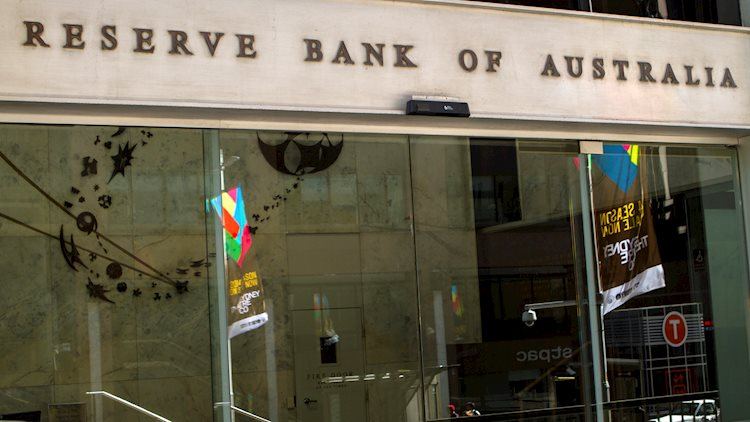The Reserve Bank of Australia (RBA) Governor Michele Bullock recently addressed the press conference after the September monetary policy decision. The RBA maintained the benchmark interest rate at 4.35% for the seventh straight meeting, with no explicit consideration of a rate hike. Bullock mentioned that recent data had not significantly affected the policy outlook and that rates would remain on hold for the time being. She also highlighted that progress on underlying inflation was expected to remain slow in the third quarter, with a slightly softer near-term outlook based on second-quarter GDP data. There is some risk that consumption will continue to be subdued.
The RBA’s main mandate is to maintain price stability and contribute to the stability of the currency, full employment, and economic prosperity. The primary tool for achieving this is through adjusting interest rates. Relatively high interest rates strengthen the Australian Dollar, while lower rates have the opposite effect. Other tools used by the RBA include quantitative easing and tightening. While traditionally inflation has been seen as negative for currencies, in modern times, higher inflation tends to lead central banks to increase interest rates, attracting capital inflows and strengthening the local currency.
Macroeconomic data plays a crucial role in influencing the value of a country’s currency. Investors prefer to invest their capital in stable and growing economies, which can lead to increased demand for the domestic currency. Indicators such as GDP, manufacturing and services PMIs, employment, and consumer sentiment surveys can impact the Australian Dollar. A strong economy may lead the RBA to raise interest rates, supporting the Aussie Dollar. Quantitative Easing (QE) is used in extreme situations when lowering interest rates is not enough to stimulate the economy. QE involves the RBA purchasing assets to provide liquidity, potentially weakening the AUD. Quantitative tightening (QT) is the reverse of QE and can be positive for the Australian Dollar as it signifies an economic recovery.
The market reacted positively to Bullock’s comments, with the AUD/USD holding near 2024 highs and gaining 0.37% on the day. The RBA conducts 11 meetings a year to make decisions on interest rates and monetary policy. The board is also prepared to respond in either direction depending on economic data. The RBA’s goal is to maintain price stability and contribute to the welfare of the Australian people. The central bank uses various tools, such as interest rate adjustments and quantitative easing, to achieve its objectives. Investors closely monitor macroeconomic data and RBA announcements for insights into the Australian Dollar’s performance.
In conclusion, the RBA’s decision to keep interest rates on hold reflects its cautious approach towards the economic outlook. While recent data may not have materially affected the policy outlook, the central bank remains vigilant about underlying inflation and consumption trends. The market’s positive reaction to Bullock’s comments suggests confidence in the RBA’s approach to monetary policy. As the central bank continues to navigate economic challenges, investors will closely monitor future developments and RBA announcements for potential impacts on the Australian Dollar.










